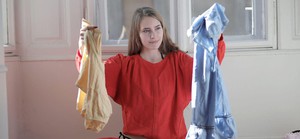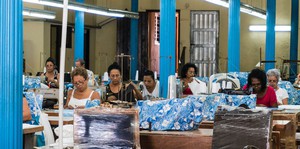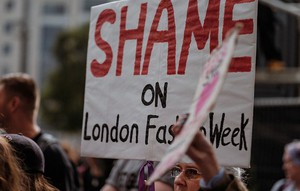- Clothes
- Bags
- Accessories
-
Inspiration
- Shoes
Child Labour in Fashion: Are Your Clothes STILL Made by Kids?
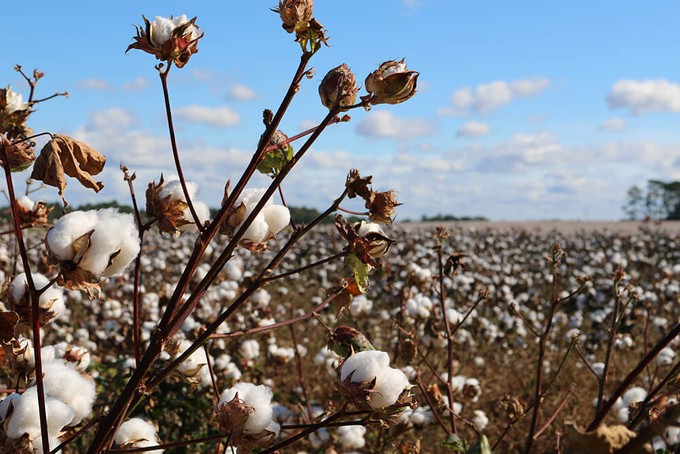
That £2 cotton t-shirt you bought from a fast fashion brand? It’s fairly likely that children were involved in its production.
We’d all like to think that child labour in the clothing industry (and beyond) is a thing of the past. Sadly, that’s just not the case, and most of us have been supporting it without knowing.
So, I’ll show you what it can look like in practice, why it’s still common and hard to eradicate, and most importantly, what we can do to help.
What is “child labour” in the fashion industry?
Child labour refers to the exploitation of children through work that:
- Deprives them of their childhood
- Is mentally and/or physically harmful
- Interferes with school attendance
And child labour in fashion can happen at any stage of the supply chain, from harvesting resources to spinning yarn and putting the actual garments together.
Cotton production, however, tends to be the most common, since 71% of all child labour is found in agriculture.
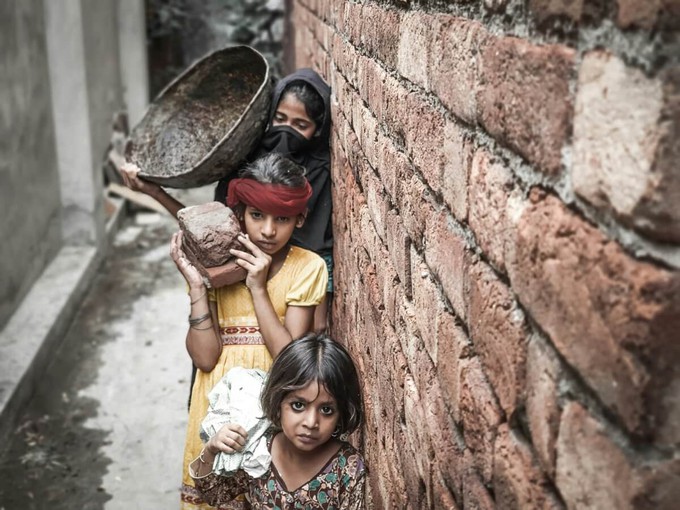
But is child labour in fashion still a thing nowadays?
Sadly, child labour in fashion is indeed still a thing.
Even though, on paper, it’s forbidden by legislation worldwide, it continues to be a problem, especially in poorer developing countries. It’s not a coincidence that’s where many fast fashion brands tend to outsource their garment production.
As for whether child labour is growing or decreasing, it depends.
First of all, it’s important to keep in mind that these are all estimates because it’s hard to trace it and measure it (I’ll share why soon). Overall, though:
- Child labour fell by 94 million between 2000 and 2016
- Then, it rose by 8.4 million over the following 4 years, with the COVID-19 pandemic playing a big part
- Luckily, after that, child labour started to decrease again (by around 22 million)
While that’s promising, 138 million kids are still trapped in child labour—and the clothing industry is a big culprit.
For example, only in recent years:
- One of Decathlon’s main suppliers was found to rely on a network of forced labour in China, with workers from the Uyghur minority (including children) trapped in modern slavery conditions
- Adidas, H&M, The Gap, and Amazon have been linked to illegal cotton production in India, with widespread use of child and adolescent labour
- After conducting more audits, SHEIN found 2 more cases of child labour among its suppliers
I believe it’s a positive step forward when clothing brands carry out more audits and, if they do identify child labour, take action accordingly. Most don’t, though. In fact, they’re usually exposed by external parties. And some pretend not to know.
So, you might be wondering…
Why is there child labour in fast fashion?

Sadly, cheap and unregulated child labour is still a thing in the clothing industry—and especially fast fashion—because it helps keep the costs so low.
Overall, some of the reasons that maintain child labour in the fashion supply chain are:
- Children are seen as perfect workers in many cases (horrible, I know) – They’re often lured in with fake promises, paid peanuts, and considered more obedient. Plus, many stages of a fashion brand’s supply chain involve low-skilled tasks: so, something a child can do (even though it really shouldn’t be the case!).
And when it comes to cotton, some employers prefer hiring children to pick it because their smaller fingers are less likely to damage the crop - Poverty: struggling families feel forced to take their children to work with them – At least 29.8 million people are kept in modern slavery conditions, including plenty of garment workers.
And when the adults in a family can’t survive on their wages alone? They sometimes feel like they have no other choice than to bring their own children into slave labour - Child labour is particularly hard to trace – Fashion still has a huge transparency problem. Depending on a country’s regulations, brands might not be obliged to disclose their entire supply chain. And even when they are, it’s tricky to trace everything, especially in rural areas, at farm stages, and when sub-contractors are involved.
For example, cotton passes through all kinds of layers of suppliers and traders. Also, a brand might trust a factory that seems legit, but then it starts outsourcing some of the work to separate sub-contractors… who rely on forced and child labour. Because they tend to be in developing countries or, either way, far away from a brand’s headquarters, it’s incredibly difficult to monitor it
It’s not just fast fashion, though
I need to clarify that, even though child labor tends to be more common in fast fashion, higher price tags don’t automatically guarantee that those clothes weren’t made by children (or that they’re sustainable, for that matter): what you’re really paying for is the label.
In fact, in some cases, luxury brands use the same sweatshops as fast fashion giants.
No wonder plenty of big names have been accused of not putting in place enough processes to identify forced and child labour in their supply chains.
What you—a fellow conscious consumer—can do about child labour in the fashion industry
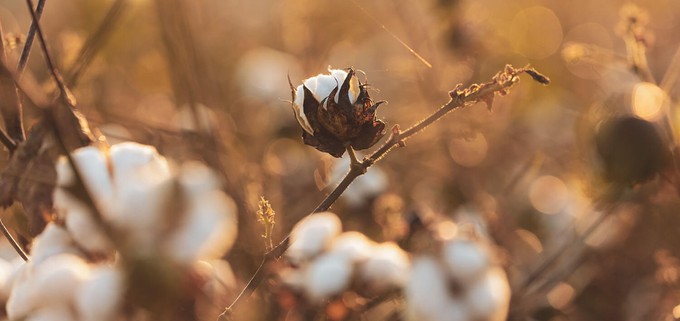
Of course, it’s an extremely difficult situation that can’t be solved overnight, and the main responsibility is on brands, not consumers.
However, if you’re like me and often wonder “Okay, but what can I do to be part of the change”, here are some starting points to fight against child labour in fashion:
- Educate yourself and share your knowledge – Maybe, before reading this article, you didn’t even know that so much fast fashion clothing hides child labour. Well, being aware of it is already a great first step!
- Donate (if you can) – Plenty of reputable organisations are working towards reducing and eliminating child labour, like Anti-Slavery International
- Demand transparency from brands – When it comes to cotton, prioritise certified organic cotton. And overall, consider avoiding fashion brands that don’t tell you who made their clothes. Remember: if a garment is so cheap that it sounds too good to be true, it usually hides a dreadful cost
- Support ethical and transparent fashion brands – Choose brands that tell you who made their clothes and how. For example, do they visit their factories regularly? Do they rely on a reputable third-party that does it for them? And while not all brands can afford a certification, if you see one (like the Fair Trade International, Better Cotton Initiative, or Fair Wear Association), that’s extra peace of mind. On Project Cece, we brought hundreds of ethical brands in one place, with filters to narrow down your choices
Overall, I believe that being vocal and voting with our money are some of the best things we can do to fight child labour in the fashion industry (and beyond).
Just because we can’t see it, it doesn’t mean it's no longer there.
Share our story
Related articles
How to Buy Sustainable Clothes: 6 Questions Before a Purchase
It goes beyond finding eco-friendly garments! Here’s how to buy sustainable clothing through 6 questions, from mindset to your wardrobe and how you use it.
Do Sweatshops Still Exist in Europe & for Big Fashion Brands?
These factories aren’t as distant as we believe, neither in time nor space! Here’s the reality of sweatshops in Europe or behind popular high street brands.
Why the Fashion Revolution Still Matters Years After Rana Plaza
The Fashion Revolution movement started after this 2013 disaster: has this industry really changed when it comes to worker rights and environmental problems?
Project Cece is a platform that collects ethical fashion from vetted brands and shops in one place. Browse ethical fashion for women and men and find items that fit your style, budget and values!
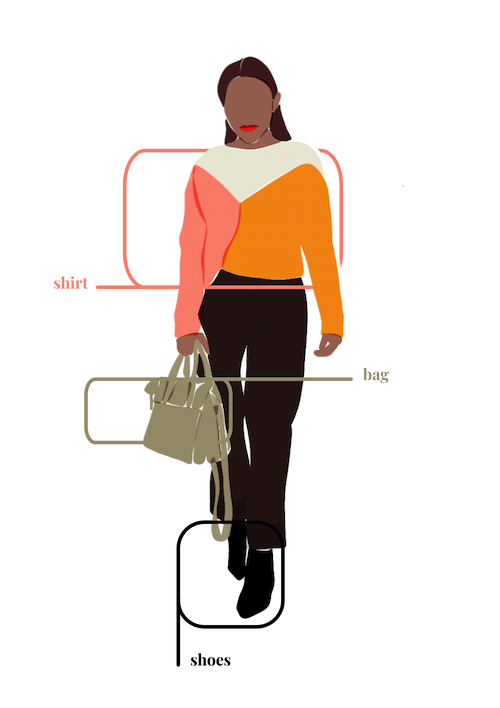
_large.png)
